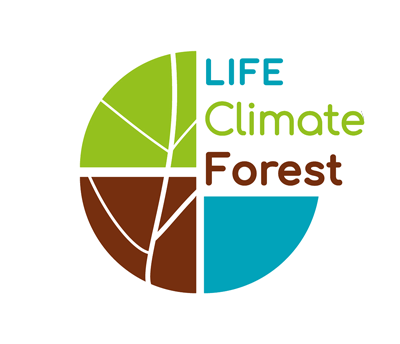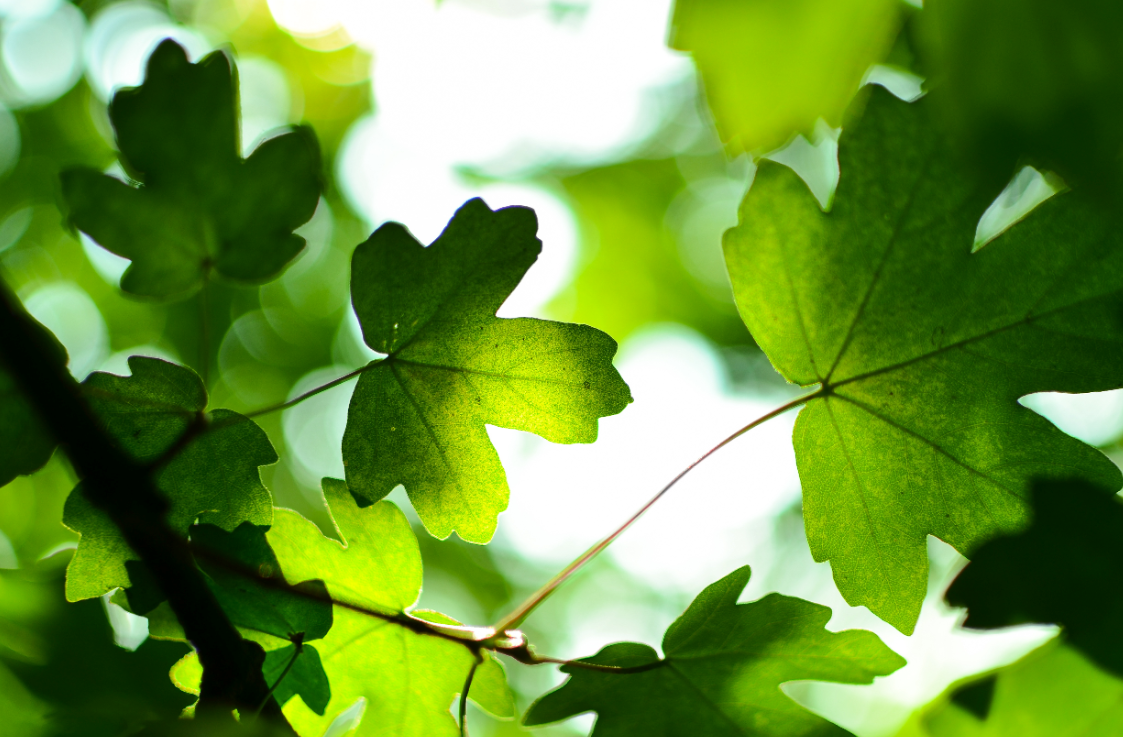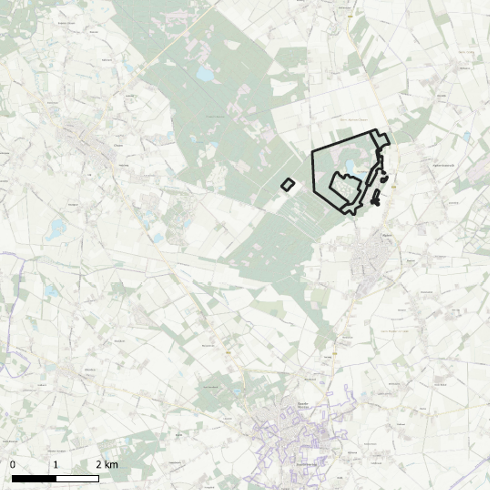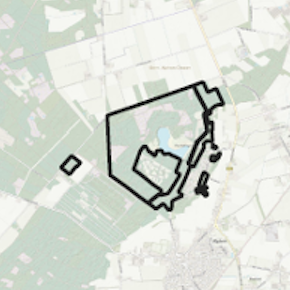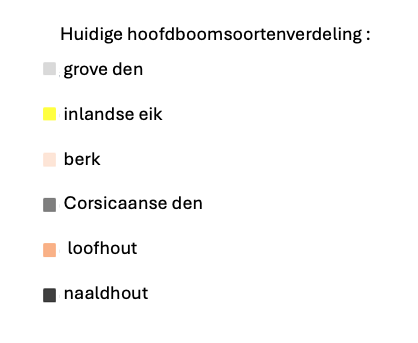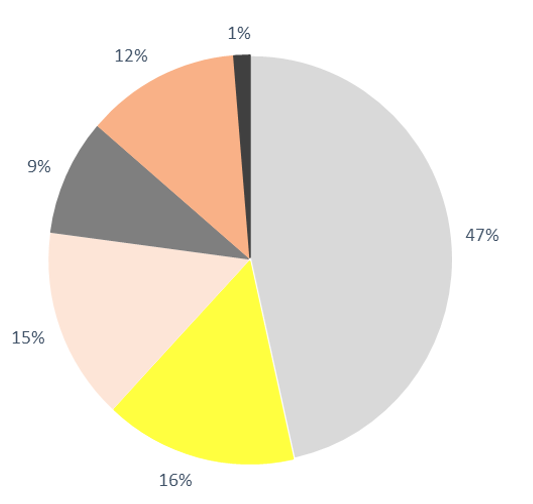't Zand
Since we have been doing tree-centred forest management and forest tracking in this area for more than 10 years, this is the perfect location to come and see its effects
- Owner: Municipality of Alphen-Chaam
- Administrator: Bosgroep Zuid Nederland
- Location: Municipality of Alphen-Chaam (Noord- Brabant)
- Size: 188 ha
- Soil: Dune layer soil
Visiting this demonstration forest?
The forest is freely accessible to visitors. There is ample parking at recreational lake 't Zand in Alphen. Excursions are also organised on a regular basis. Are you interested in these? If so, please register via e-mail to Etiënne Thomassen: e.thomassen@bosgroepen.nl.
Forest area 't Zand
Forest area 't Zand is a first-generation pine forest on former drift dunes. We have been applying tree-oriented management in this special area for some time. Here, we focus on the quality and vitality of individual trees and intervene locally. We focus on mixing species and ages and we want to ensure that wood production, recreation and biodiversity have a joint place within the forest system.
Measures
- Present thinning paths have been reused to avoid unnecessary soil compaction.
- OAD network: The development of old trees and forest parts is a challenge in forest area 't Zand. Because the forest is still relatively young and growing on poor soil, thick lying or standing deadwood is rare. We extended the OAD network by identifying enhanced habitat trees during forest tracing.
- There has forest tracking took place with a specific focus on selecting vital and quality tree species from the 2nd tree layer.
- All existing future trees are again released. Future trees with timber quality function are as necessary pruned and guided pruning took place on young trees if necessary.
- Various climate trees have been planted under screen and are monitored growth and survival.
- In planting and small-scale natural rejuvenation, much attention is paid to light availability. We try to carry out interventions for light as small/dosed as possible and monitor their success.
Planting climate trees
Scattered in forest area 't Zand, groups of young trees have been planted between and under mature trees. Especially drought- and heat-resistant deciduous tree species have been chosen. Some advantages are deciduous tree species have no evaporation in winter, allowing water to be stored in the soil, and deciduous tree species are generally less susceptible to natural disturbances.
- Abies bornmuelleriana (Turkish silver fir).
- Carpinus betulus (Hornbeam).
- Corylus colurna (Tree hazel).
- Fagus orientalis (Oriental beech).
- Pseudotsuga menziessii (Douglas fir).
- Quercus cerris (Moseik).
- Quercus pubescens (Soft oak).
- Torminalis glaberrima (Elsbes).
- Cormus domestica (Pear-shaped rowan).
- Tilia tomentosa (Silver lime).
- Liriodendron tulipifera (Tulip tree).
